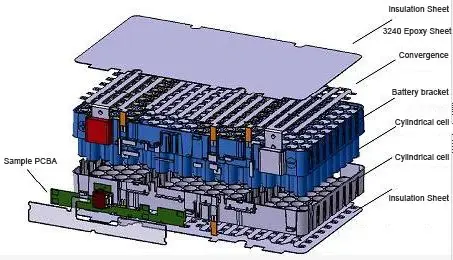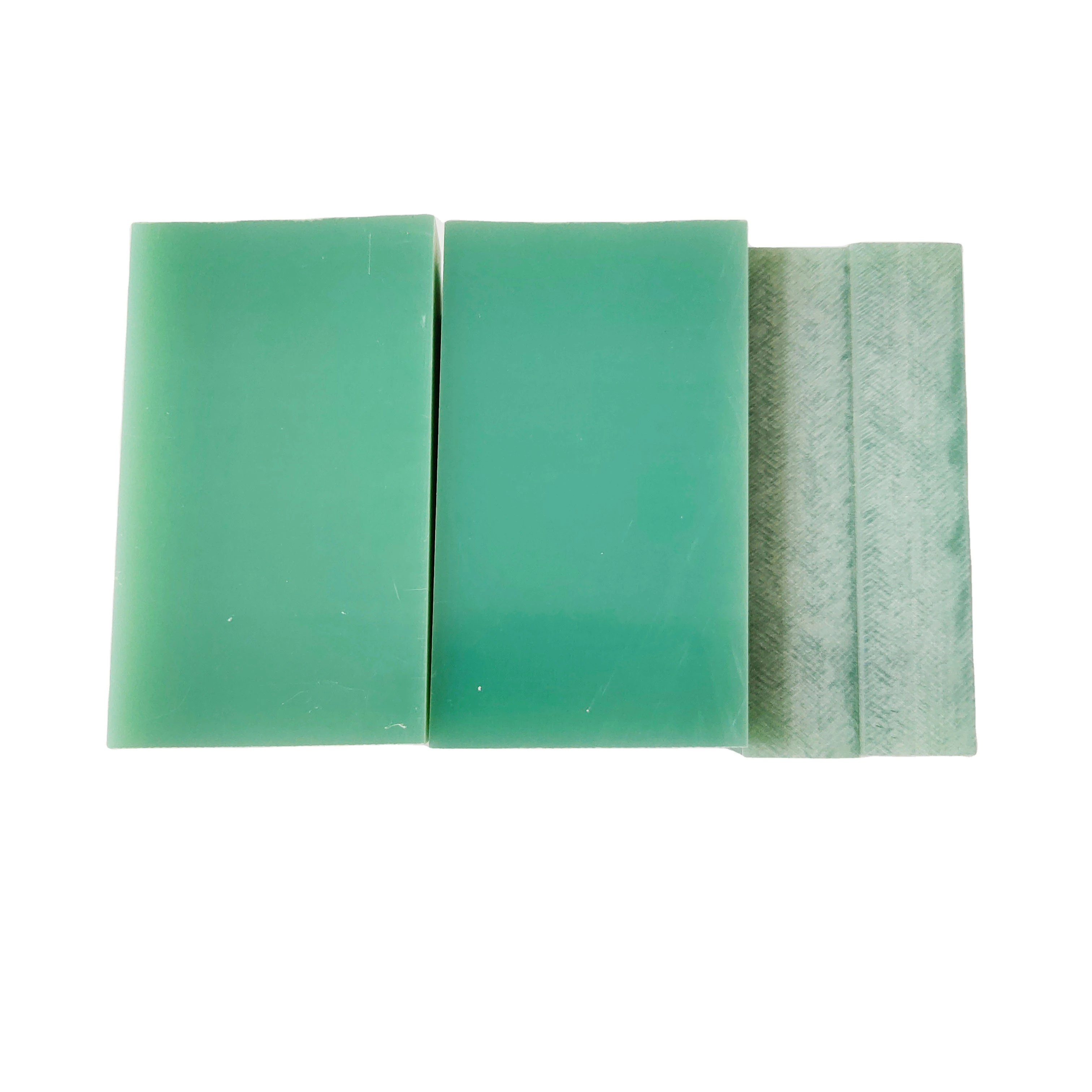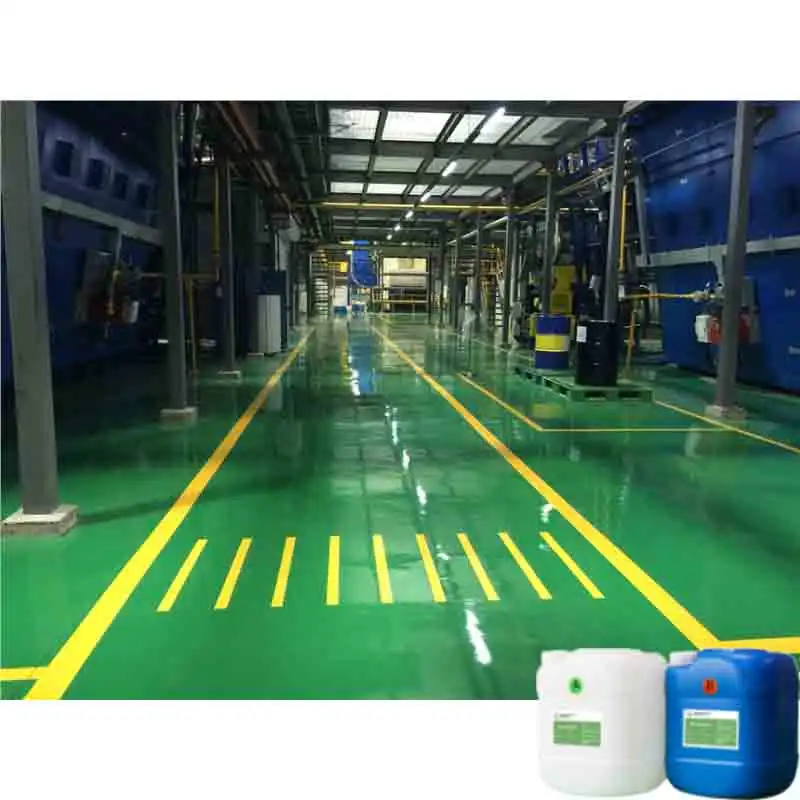Cylindrical power battery module, design and manufacturing process
2022-08-25
Among the three main types of power batteries, although the cylindrical cells do not occupy the largest market share, due to its widespread use in the consumer goods market, its commercialization standardization is the most mature. After years of precipitation, its craftsmanship is stable and consistent. The cylindrical cells of the ternary material can achieve 210 ~ 250Wh/kg. Large -scale standardized battles make the module also have the prerequisite for automated production.
The cylindrical battery is small, which is very suitable for the irregular battery box body of the space, which can make full use of the corner space. Although the current 18650 is facing the problem of being replaced by 21700, the small -scale and complicated power requirements are not high -cost and more sensitive, and the 18650 will still maintain its own world in a period of time.
Basic structure
In the column cell module design, the module structure is diverse. It is mainly determined according to the needs of customers and models, which ultimately leads to different manufacturing processes of the module. The module is generally composed of the battery cells, upper and lower brackets, and flow streams (some also known as connecting chips), sampling wiring, insulating sheet (FR4 sheet, 3240 epoxy sheet) and other components, as shown in the figure below.

Structural design
The structural design of the cylindrical battery module is to fix multiple cylindrical batteries in the specified position to ensure that under the conditions of reasonable vibration impact, do not cause too much displacement. The battery position is determined by the battery bracket. If the extreme situation is encountered, the battery bracket may be deformed. In order to keep the distance between the cells, the telecommunications spacing holder with high temperature resistance and small quality is generally designed separately. The black part in the middle of the JAC IEV5 module below should be the design intention of this type.
Inside the cylindrical battery module, the parallel connection is easier to achieve. As long as a mother row is across the pole of the cell, but the current density is evenly distributed and the hot field is uniform, which is a place where the engineer level is tested. Generally, it is designed to be designed as a more symmetrical structure, but the position of the module's in and out line is always different from other batteries, so it is the key point of design simulation. Like Tesla, the bizarre -shaped parallel -linked mother -in -law design should be the result of the calculation of the calories and current distribution (Tesla module is found in the second half of the article).
Power battery module cooling method introduction
What is currently discussed is the cooling and phase -changing materials cooling. The typical typical Tesla of the cylindrical liquid cooling module will be introduced in the later examples. The simple liquid cooling system is to put the well -conducting devices close to the battery cells, and take away the excess heat generated during the working process of the cell as well as as uniform and efficiently as possible.
The liquid cold can be completely independent like Tesla, and it can also be combined with other cooling methods. One of the important forms is to combine thermal silica glue
The heat generated by the battery core is transmitted to the liquid cooler pipe through the thermal conductivity silicone cushion, which is taken away by the cooling circulation of the cooling and contraction of the cooling fluid, so that the temperature of the entire battery bag is balanced and unified. The heat generated during work makes the entire battery pack operate within the safety temperature. The good insulation performance of thermal silicone and high -return toughness can effectively avoid the problem of vibration friction and damage between the battles, and the short -circuit hidden dangers between the cells.
This liquid cooling scheme adopts the S -shaped heat conductive aluminum tube and attached to the aluminum pipe with an different type of thermal conductivity silicon tape (increase the raised stripes in the contact surface of the thermal cadre silicon tape and the battery cell), so that the contact surface between the battery and the thermal pipe is greater. Thermal conductivity and shock absorption effect are better.
The battery module PCM heat dissipation structure of cylindrical batteries, the application of phase -changing materials, can be matched with liquid cooling, or it can be used independently. Independent applications can have multiple arrangements. PCM plates can be fitted outside the battery module to assist the heat dissipation, as shown in the figure below. According to the results of the experiment, the existence of phase -changing materials can also play a certain cooling role.
Basic requirements for phase -changing materials for power battery application scenarios:
The phase change temperature is low, and the best working temperature range of the lithium battery is 15 ℃ -35 ℃;
The material phase change temperature can be adjusted within a small range, and the optimal working temperature range of different types of battery cells is not completely consistent;
The shape of the material, before and after phase change, it is best not to have a liquid gaseous appearance;
If the material is hot, the system constant temperature is strong;
The heat transfer coefficient must be high to maintain the temperature evenly;
Good material insulation, avoiding the risk of insulation leakage in the high -voltage system.
The quality density of phase -changing materials is low, reducing the impact of the energy density of the battery pack.
Cylinder cell module manufacturing art
When the battery is sorted, when the module process is designed, the consistency of the module electrical performance needs to be considered to ensure that the overall performance of the PACK meets or meets the requirements of the vehicle. In order to ensure the consistency of module electrical performance, strict requirements on the cells need to be material. Core manufacturers are generally paid according to the voltage, internal resistance and capacity specifications of the battery cells before the battery shipment shipment. For factors such as performance, PACK manufacturers generally sort the battery cells according to their own standards. The alternative of the cell needs to consider the issue of the sorting standards. The standard formulation is reasonable, which will reduce the remaining idle cells, improve production efficiency, and reduce production costs. In the actual production process, the appearance of the battery is also needed to check the appearance of the battery.
Enter the lower bracket in the lower bracket. The difficulty is that the coordination between the battery and the lower barriers is too large to facilitate the insertion of the battery cell, but the battery cell is not fixed and affects the welding effect. It may cause the core to insert into it, affecting production efficiency. In order to facilitate the insertion of the battery cells, and the battery cells can be fixed, the front of the lower barrel hole can be opened into a speaker mouth.
3) The cell polarity judgment, the cell polarity judgment refers to the inspection of the polarity of the cells that meet the requirements of the file, which is a security check. If there is no polarity check, and the cells are reversed again, the module will produce short circuits when the flow of the second side is installed, causing product destruction and severe possibility of injury.
4) Cover the bracket, cover the bracket to cover the upper bracket to the battery cell, and fix the battery in the bracket. Under normal circumstances, it is difficult to cover the bracket than entering the lower bracket. The first is related to the production process of the cylindrical cell. There is a groove process in the process. The upper bracket will not be covered with severe caps; the second is that the battery cells are not fixed with the lower bracket, which causes the battery to be skewed, resulting in a poor cover or not cover.
5) Module spacing detection, module spacing detection refers to the spacing detection of the end surface of the cells and the surface of the bracket. The purpose is to check the degree of coordination of the end face and bracket of the cells to determine whether the battery cell is fixed in place. Whether to meet the welding early judgment whether the welding conditions are met.
6) Cleaning, plasma cleaning is a kind of dry method cleaning, mainly because the "activation effect" of active ions in plasma can achieve the purpose of removing stains on the surface of the object. This method can effectively remove dirt and dust on the end surface of the cells, and prepare for resistance welding in advance to reduce the bad products of welding.
7) Convergence installation. Convergence installation refers to fixing the flow of the flowing row to the module so that the resistance can be welded. When designing, you need to consider the position accuracy of the flow row and the battery cell, especially the problem of positioning benchmark. The purpose is to make the flow stream position in the center of the battery polar pillar surface, which is convenient for welding. In the design of the upper and lower brackets, you must consider the isolation of the flowing row; if it is not easy to do the isolation design, you need to consider increasing the use of short -circuit industrial installations during process design, which can avoid short circuits under abnormal situations.
8) Resistance welding, resistance welding refers to the melting of the flow row and the battery polar pillar surface by resisting the welding. At present, resistance point welding is generally used in China. When the resistance point welding technology is carried out, the following 4 points need to be considered:
(1) The material, structure and thickness of the flow row;
(2) The material, shape, front -end diameter and grinding frequency of the electrode (also known as welding needle);
(3) Process parameters optimize, such as welding current, welding voltage, welding time, pressure adding pressure, etc.;
(4) The cleanliness of the welding surface is peaceful.
In actual production, there are many failed factors, and technical personnel need to analyze and deal with according to the actual situation.
9) Welding inspection. During the resistance welding, the device generally monitors the parameters of welding. If the parameter abnormalities are monitored, the device will automatically alarm. Because there are many factors that affect the quality of welding, the welding failure is determined only by parameter monitoring. The current result is not particularly ideal. In actual production control, generally check and confirm the welding effect by manually inspecting the appearance and artificially provoking the flow of flow.
10) Playing glue. In the module application, there are generally two uses: one is a fixed cell, which mainly emphasizes the adhesion, shear strength, aging resistance, life and other performance indicators of glue; The heat of the battery and the module is passed through the thermal conductivity, which mainly emphasizes the performance indicators such as the thermal conductivity, aging resistance, electrical insulation, flame retardant and other performance indicators of glue. Due to the different use of glue, the performance and formula of glue are different, and the method and equipment of the glue technology are different. In terms of glue selection and glue technology, the following 3 points need to be considered:
A Safety and Environmental Protection of glue: Try to choose non -toxic and odorous glue, which can not only protect the operator, but also protect the user, but also better protect the environment. It is also the goal of new energy development.
B drying time of glue: In order to improve production efficiency, the shorter the drying time of the glue, the better. In the actual production process, if the glue meter is too short, due to factors such as feeding and equipment abnormalities, it will cause a lot of waste of glue; it may also be due to the inadequate processing of the operator, due to the short glue curing time, the equipment is blocked, which is seriously serious. Time leads to stop. According to experience, it is reasonable to control the table dry time to 15-30 min.
C's amount of glue: The amount of glue is mainly determined by the product and process, the purpose is to meet the product requirements. At present, the glue technology is commonly used, with glue, glue, spraying and gum, and the equipment required for each process is also different. Pay attention to the control of the amount of glue during glue to avoid gums and affect other processes.
11) Cover the insulation sheets which are FR4 sheet and 3240 epoxy sheet and the coverage board refers to the insulation protection of the module's flow row. When designing the process, it is necessary to pay attention to the upper edge of the insulating board. At the same time, the gap between the insulation board and the frame border is preferably less than 1 mm.
12) Module EOL test, EOL test (END of Line) (generally called offline test) is a key link for quality control in the production process. It mainly tests the special features of the module. The main test items are:
A insulation resistance test;
B internal resistance test;
C voltage sampling test;
D size test;
E appearance check.
The test items are generally increased or decreased according to the requirements of customers and products, and the safety testing projects are essential.
13) Transfer to PACK assembly or enter the warehouse, and the module that is passed by EOL is transferred to the PACK assembly process or entered the warehouse according to regulations. During the transfer process, the module needs to be insulated and prevent the module from falling.
Through the introduction of the process process of cylindrical cell module, the design of the process is different for different customers and products. The purpose is to quickly respond to the needs of customers and the market.
When designing the module process process, the following points need to be considered:
1) Safety: product safety and safety production;
2) Electrical performance: consistency of capacity, voltage, internal resistance, performance;
3) Production beats: the higher the beat, the greater the production capacity; the
4) Size: shape size and fixed size;
5) Craft route: refers to the selection and determination of key crafts;
6) Cost: The elements that need to be considered when design and process design.







